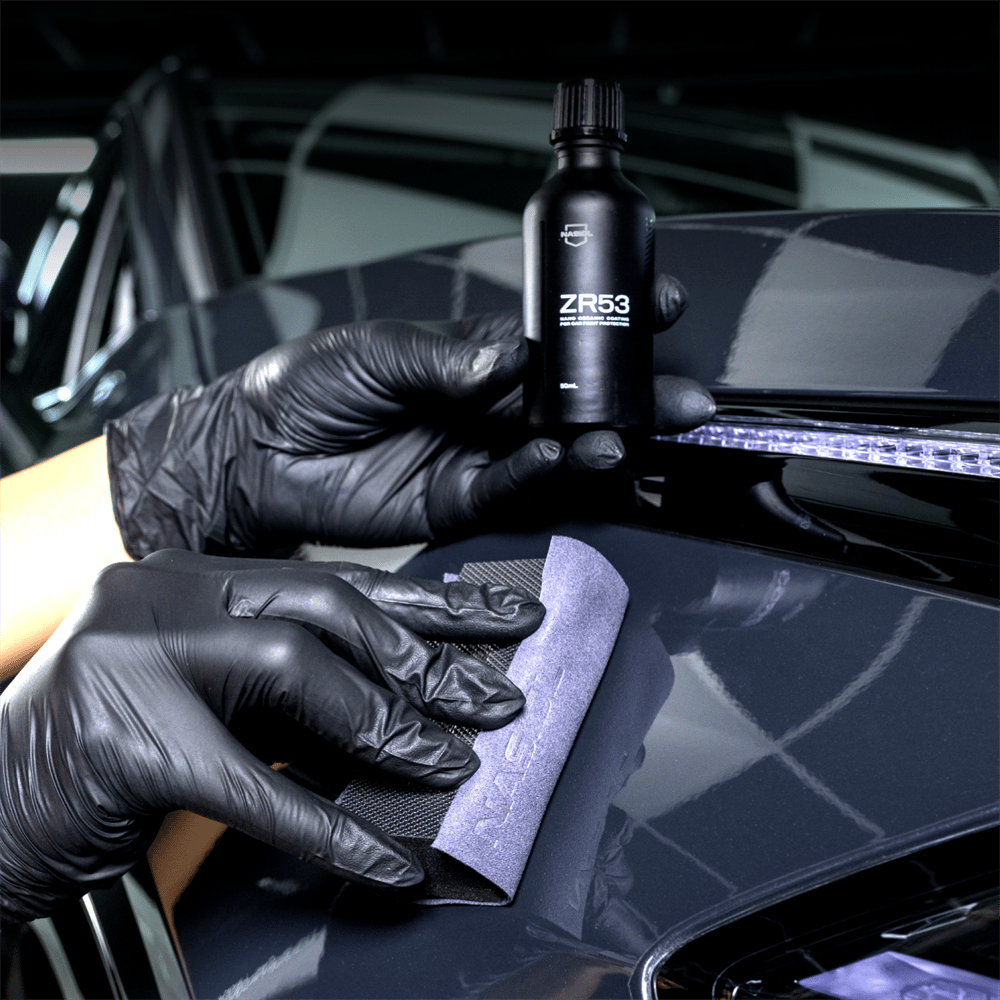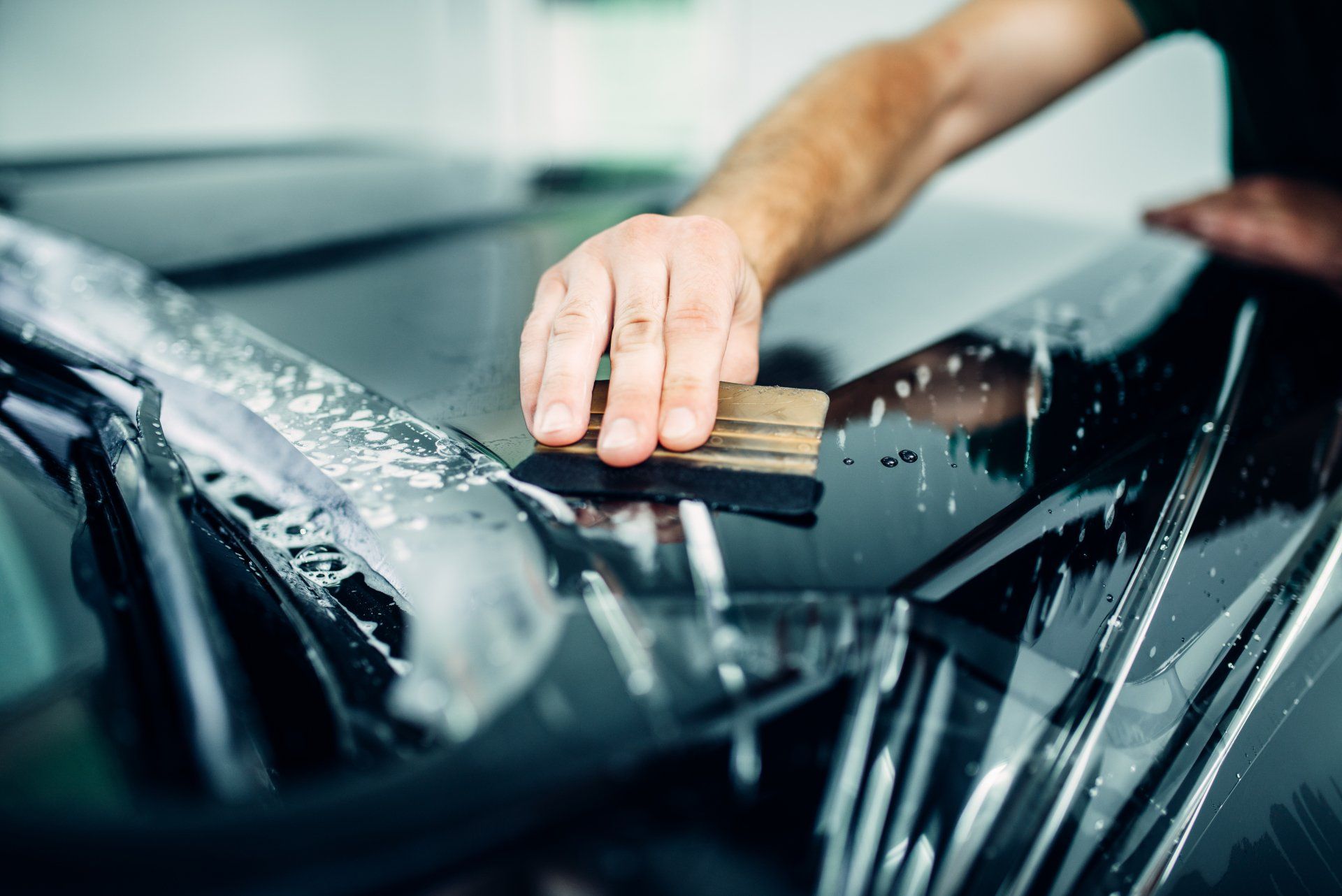Five Myths About Ceramic Coating Explained
Five Myths About Ceramic Coating Explained
Blog Article
Ceramic Finishing vs. Traditional Wax: Which Supplies Better Security?
The discussion between ceramic layer and traditional wax for vehicle security is one that advantages mindful examination, especially in terms of toughness, resistance to environmental variables, and total maintenance requirements. While ceramic finishings assure expanded longevity and premium protection against a variety of hazards, standard wax may appeal to those seeking an extra economical, albeit temporary, service.
Introduction of Ceramic Layer
Ceramic layer has acquired significant popularity among automobile fanatics and specialists alike for its innovative protective high qualities. This ingenious solution is composed of a liquid polymer that chemically bonds to the lorry's manufacturing facility paint, forming a durable layer of protection. Unlike conventional wax, which usually lasts for a few weeks to months, ceramic coverings can supply resilient security for several years, relying on the item made use of and application approach.

While the initial expense of ceramic covering might be more than that of traditional wax, the long-lasting advantages, including sturdiness and reduced maintenance regularity, typically validate the investment. As auto modern technology proceeds to evolve, ceramic coatings have emerged as a favored selection for those seeking optimal protection and long life for their vehicles.
Introduction of Traditional Wax
The attraction of typical wax depends on its simplicity and convenience of usage, making it a preferred option among automobile proprietors looking for to enhance their vehicle's appearance and give a basic level of defense. Normally stemmed from natural carnauba or synthetic polymers, typical wax creates a thin protective layer over the paintwork. The application process is straightforward, typically including a basic buffing with a microfiber towel, making it available to both beginner and experienced customers.
Typical wax items are readily available in various formulations, each developed to accommodate specific needs, such as enhancing sparkle or providing water beading. The versatility of wax enables use on different surface areas, including paint, glass, and even plastic trim. While the application can be done by hand or maker, the secret is to guarantee a clean surface area for optimum bond.
Nevertheless, one noteworthy quality of traditional wax is its reasonably brief life-span contrasted to modern choices. Commonly offering protection that lasts from a couple of weeks to a couple of months, frequent reapplication is necessary to preserve its performance. Despite these constraints, typical wax remains a popular option for auto lovers that value the aesthetic enhancement it offers.
Secret Protection Features
When considering paint protection for automobiles, it's necessary to understand the crucial functions that identify conventional wax from even more sophisticated options like ceramic finishings. Among the main protective features of ceramic layers is their longevity. Unlike wax, which normally lasts a few weeks, ceramic finishings can withstand for numerous years, giving lasting protection against environmental impurities.
Ceramic coverings find here create a hydrophobic surface area, driving away water and protecting against dust, gunk, and other particles from adhering to the paint. This attribute not just enhances the car's appearance yet also lowers the frequency of cleaning. In addition, ceramic finishings use premium UV protection, securing the paint from harmful sun exposure that can result in fading and oxidation.
In contrast, typical wax offers an extra momentary obstacle against components but does not have the resistance to scrapes and chemical discolorations that ceramic coverings provide. While wax can enhance gloss, its protective abilities are limited, particularly versus harsher ecological factors such as bird droppings, tree sap, and road salt. In summary, the essential protection attributes of ceramic layers considerably outperform those of typical wax, making them an exceptional selection for lasting car care.
Application Process Comparison

In contrast, the application of ceramic layers is a lot more time-sensitive and complicated, often requiring professional assistance for ideal outcomes. The car's surface must be meticulously cleaned, sanitized, and polished to get rid of blemishes prior to the coating is applied.
Eventually, the option between click here to read wax and ceramic covering pivots not only on defense degrees yet likewise on the time, experience, and resources available for their particular applications. - ceramic coating
Cost Analysis and Long Life
Cost plays a substantial duty in the decision-making process between traditional waxes and ceramic coatings. Ceramic finishings normally regulate a greater upfront investment, ranging from $500 to $2,000 depending on the quality, brand, and professional application services. This first expense can be credited to the innovative technology and materials utilized in ceramic formulations, which use exceptional resilience and defense.
On the other hand, standard waxes are a lot a lot more budget-friendly, usually setting you back in between $20 to $100 for do it yourself applications. Nonetheless, the longevity of wax products is limited, frequently needing reapplication every couple of months to keep their protective top qualities. This recurring expense can other build up gradually, making wax less cost-effective over time.
Ceramic coverings, while much more pricey at first, provide lasting outcomes, usually going beyond two to 5 years with proper maintenance. This long life can offer significant financial savings over time, particularly for vehicle proprietors who focus on defense and visual conservation - ceramic coating. Eventually, the option in between standard waxes and ceramic coverings should take into consideration both initial prices and long-term value, considering the maintenance needs and preferred protection level for the automobile
Conclusion
In summary, ceramic coverings provide superior security for car paint contrasted to typical wax, offering improved longevity, resistance to environmental elements, and hydrophobic properties. While the preliminary investment for ceramic finishes is higher, their long life and minimized upkeep needs warrant the expense. Eventually, for those looking for lasting automobile treatment and security, ceramic finishes stand for an extra reliable option than traditional wax, which offers just temporary advantages.
The argument between ceramic covering and conventional wax for automobile protection is one that merits careful examination, especially in terms of sturdiness, resistance to environmental aspects, and general upkeep needs.When considering paint security for cars, it's essential to comprehend the essential functions that identify typical wax from more advanced alternatives like ceramic coatings. In recap, the crucial protection features of ceramic coverings significantly outperform those of typical wax, making them a remarkable choice for resilient lorry care.
Inevitably, the choice in between ceramic coverings and conventional waxes should consider both preliminary costs and long-term worth, factoring in the upkeep demands and desired defense level for the vehicle.
In summary, ceramic finishings offer exceptional defense for car paint compared to traditional wax, offering enhanced durability, resistance to environmental factors, and hydrophobic residential properties.
Report this page